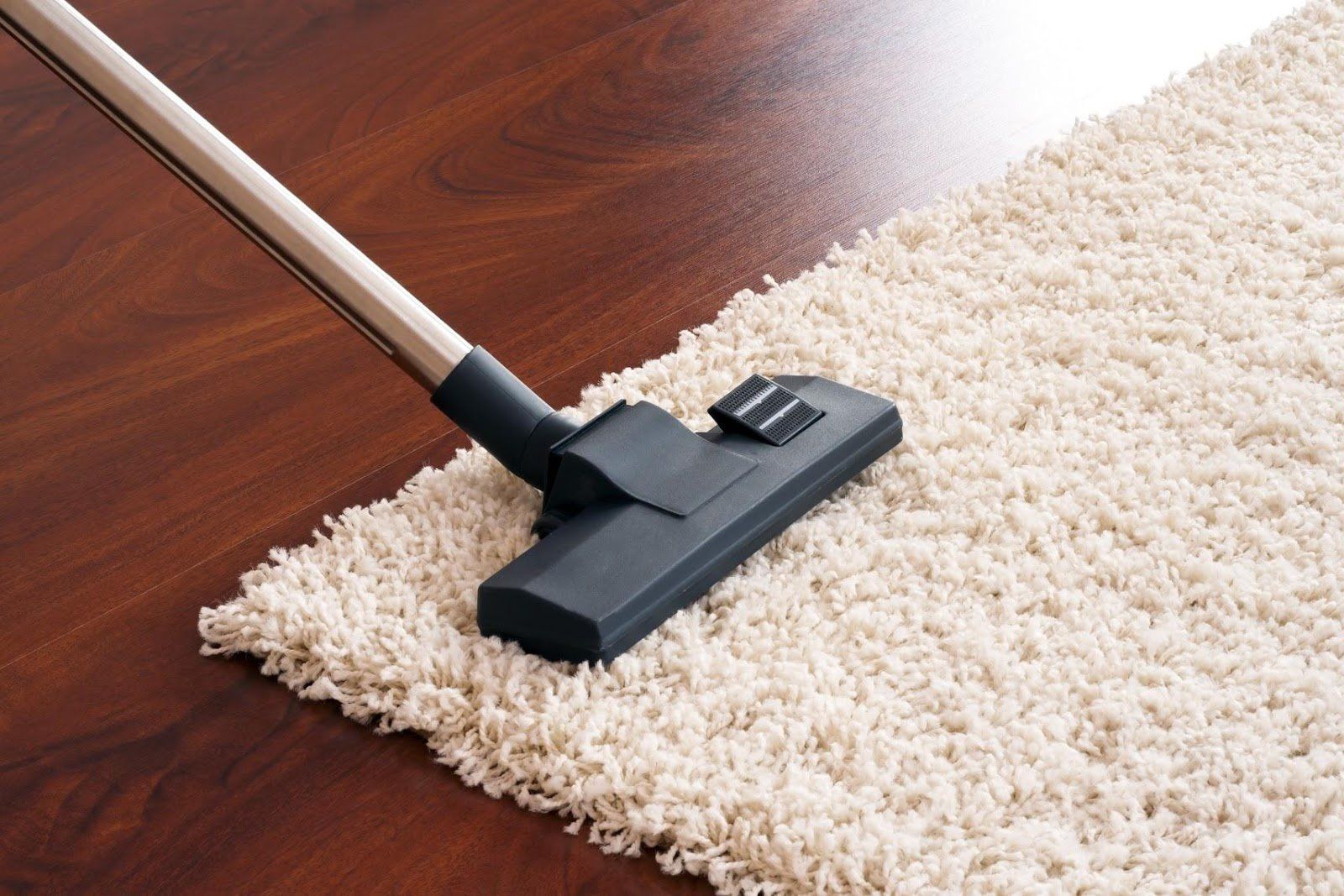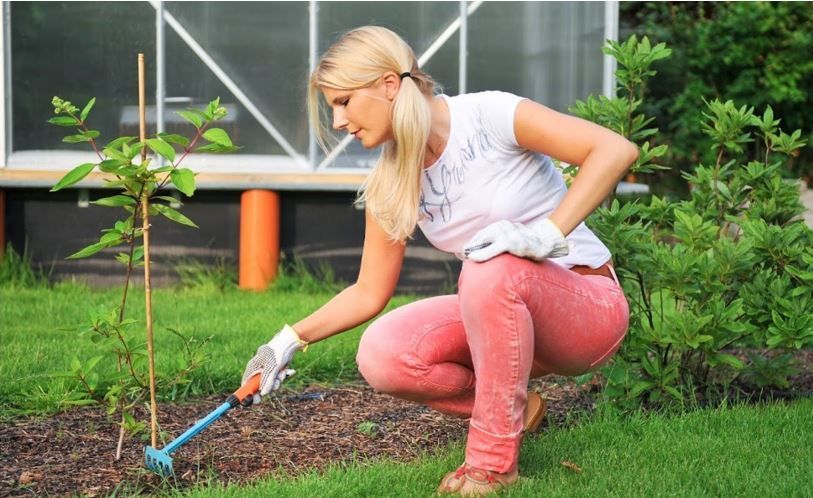How to Pack and Move Your Rug
September 19, 2019

While you can't bring your wall-to-wall carpeting with you, your area rugs are part of your next move. How should you pack the rugs? Before the moving truck arrives, take a look at the do's and don'ts of packing rugs.
Do Clean the Rug First
Trapped food, dust, and other debris can make your move messy. Even if you carefully pack your area rugs, dirty flooring can attract pests or bring allergens into your new home. The specific strategy you choose to clean your rug depends on several factors, such as the fiber/material make-up, the extent of dirt/debris, any staining issues, the size, and the manufacturer's recommendations.
In general, to clean your area rugs pre-move:
- Keep the flooring on the floor . Start with the rug as-is. Keep it flat on the floor to start the cleaning process.
- Vacuum the rug . Vacuum dust, allergens (such as pet hair), and loose debris from the surface of the rug. In some cases, this is enough to completely clean the item.
- Test first . If you need to scrub a stain or want to use a deterrent or cleanser the rug, test the product of choice on an inconspicuous spot first.
- Sponge stains . Gently sponge off stains. Scrub with a soft-bristled brush if the stain remains.
- Rinse the rug . Rinse the area thoroughly with clean water.
- Wet-vac excess moisture . Use a wet-vac to remove as much moisture as possible.
- Dry the rug . Spread the rug out and wait to pack it until it's completely dry.
Some rugs, such as heirloom pieces or delicate Persian rugs, may require professional care. Consult a cleaning company or rug expert before you attempt a DIY approach.
A fridge filled with food won't stay cold during your move. Remove all food from your kitchen appliances before the movers arrive.
Don't Fold the Rug
If you're tempted to fold your rectangular or square-shaped rug, think again. The folds you make now can permanently crease the carpet and make it unusable after the move.
To pack your area rug for the move:
- Place the flooring flat . Flatten your newly cleaned rug on the floor.
- Keep the weaker side up . The weaker side is typically the fiber-covered area (top side) of the rug. But if the backing is damaged or has signs of extensive wear, you may need to flip the rug to the other side.
- Use a cardboard tube . Place an archival or carpeting tube at one end of the rug before you start to roll it. Delicate or heirloom pieces may need a buffer in between the cardboard tube and the carpet's fibers. Use cotton or muslin cloth as a protective barrier.
- Roll the rug . Hold the tube in place and roll the rug around it. Larger rugs may require two people to evenly roll the flooring.
After you've rolled the rug, hold it tight. Secure the rug with rope or fabric strips — not tape. Duct tape, packing tape, or any other similar product can leave sticky adhesive marks on your flooring.
Do Wrap the Rug
Put the plastic away. Even though it might seem like plastic will protect your delicate rugs from the elements, dirt, and other types of damage during the move, it can also trap moisture inside. This can result in mold or mildew growth — especially if you store your rug after the move.
Instead of plastic, try:
- Old bedsheets . Old cotton bedsheets are an easy and inexpensive way to protect your area rugs.
- Plain newsprint . Plain newsprint or rolled paper can also provide a buffer between your rug and the moving truck or ground (during the move). Never use printed paper. The ink can transfer onto the rug and damage it.
- A quilt . If you want to add a cushion to your rug's protective layer, an old quilt or comforter will help to prevent mid-move damage.
Wrap the rug and firmly secure the sheet, paper, or extra padding. Again, rope or fabric strips are the best options to keep your rug snug and safe.
Do you need help moving your area rugs? Contact O'Sullivan Moving & Storage Co.for more information.
















